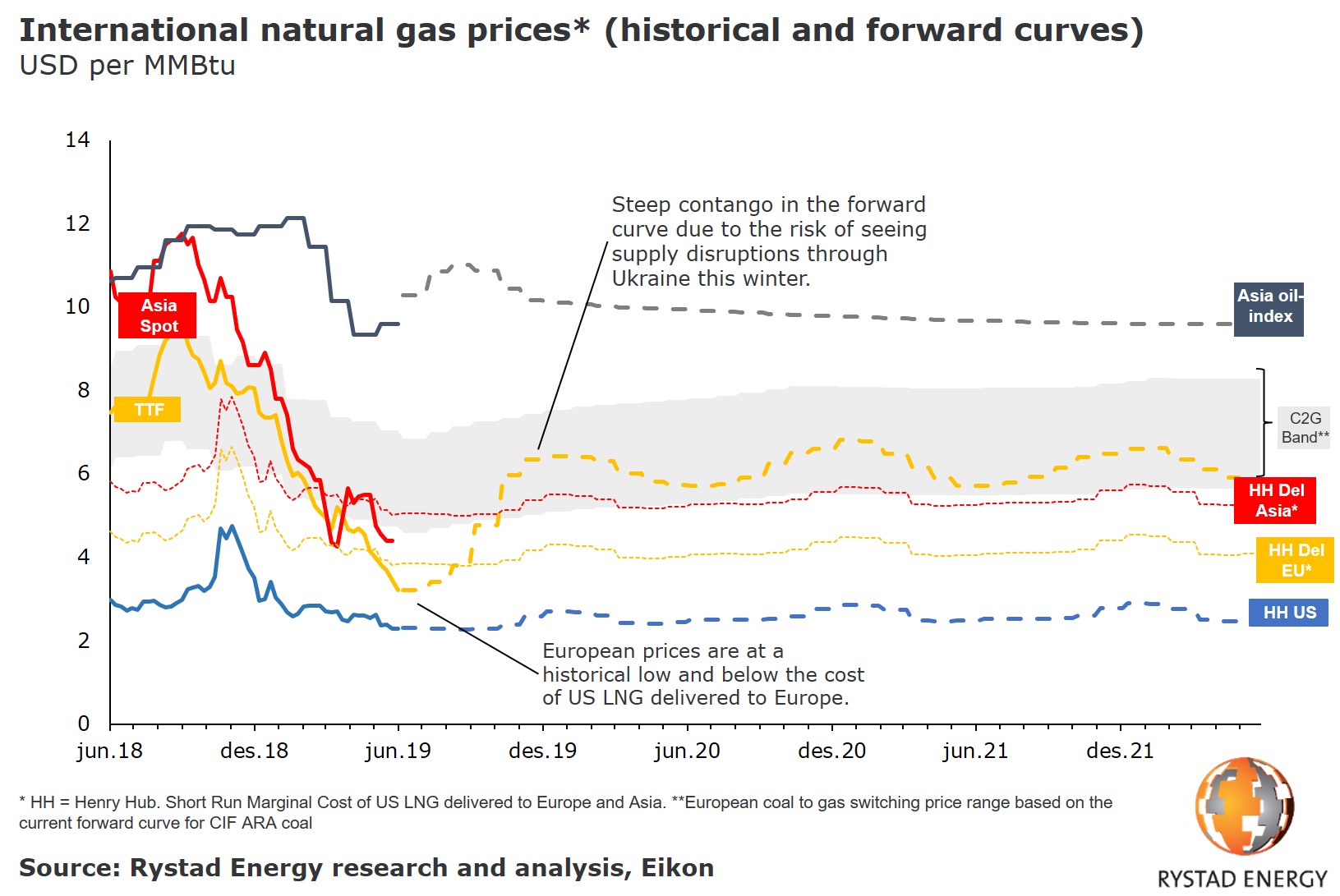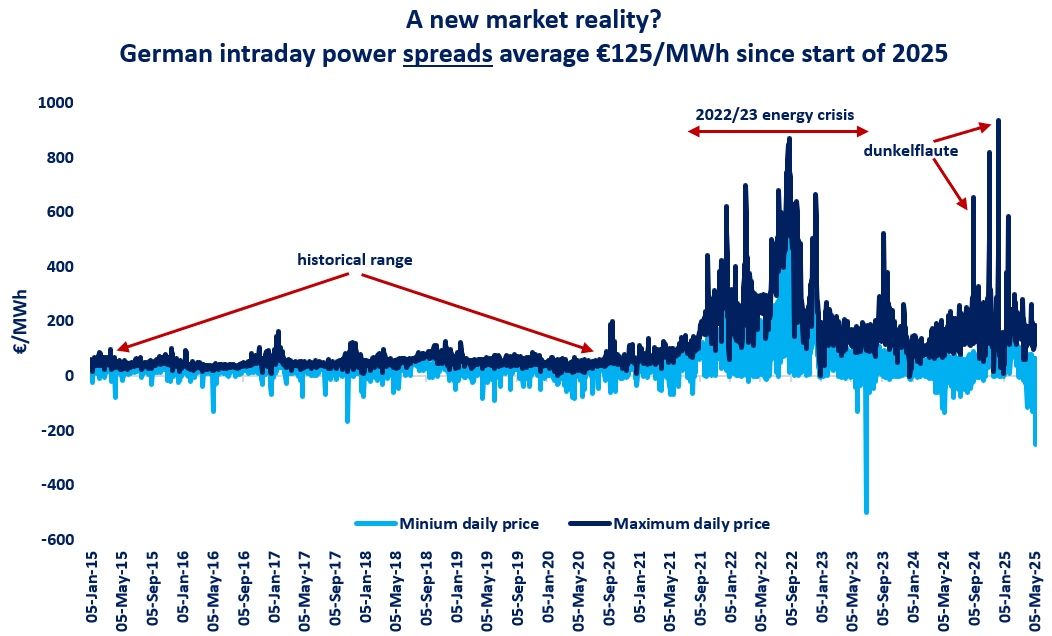

In 2021, gas prices in Europe have increased so dramatically that this year’s market dynamics resembles an escalator continuously going up. When comparing the current situation with that of 2020, one may even draw an analogy with an elevator that moves upwards at a fast pace, without staying at any floor for long. But in that context, there is at least one contract that looks undervalued among others, however surreal it might sound.
This refers to the Q1 ’22 product, which have been offered at a discount to Q4 ’21 over the past two months. Negative time spreads between a contract for Jan-Mar delivery and a product that covers the period from Oct to Dec are pretty uncommon for the European gas market, where prices usually peak early in the year as heating demand is at its highest. Yet, the year 2021 is a special one.
Given the still limited injections into the European UGSs, market participants are seriously concerned that volumes accumulated in the regional facilities will not be sufficient to cover stronger consumption when the first cold waves hit the continent. Low gas storage levels have resulted in Q4 ’21 being traded above Q1 ’22 since late June.
The Q4 ’21 contract’s premium to Q1 ’22 started to narrow only after some news on Nord Stream 2 had appeared the previous week. Remarkably, the NS2 factor has had the largest impact on the former product compared to the latter one, while logically there should be more gas flowing along the route at the beginning of next year as supply gradually increases.
It appears that the potential risks associated with the early 2022 market environment raise questions as to whether the new pipeline can alone meet gas demand amid the lowest temperatures of the year. A possible shortfall in LNG supply to Europe due to tough competition for cargoes with Asian importers, as well as a possibility of another cold winter have the potential to pave the way for further rise in Q1 ’22 price relative to Q4 ’21.
Source: Yakov Grabar (LinkedIn)













